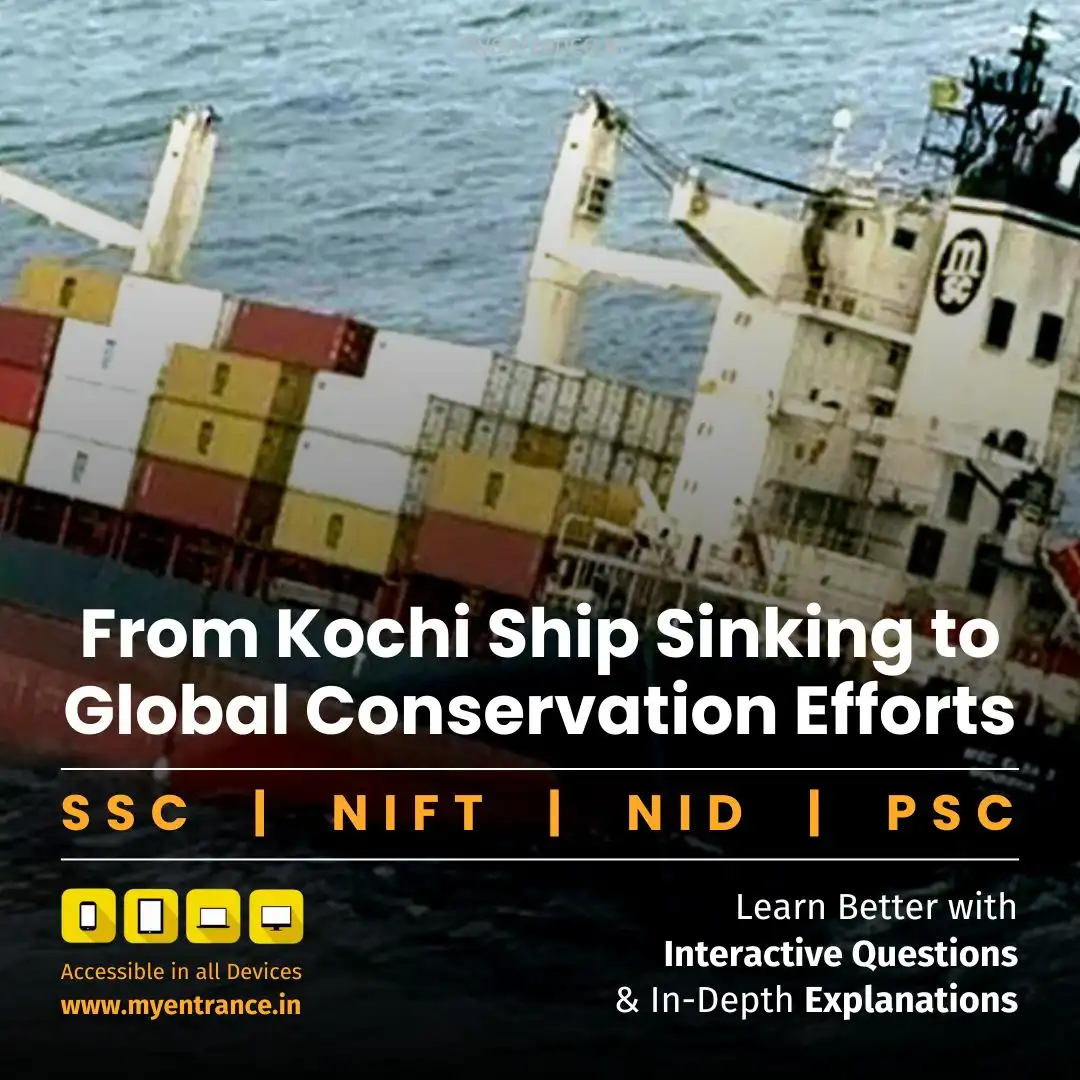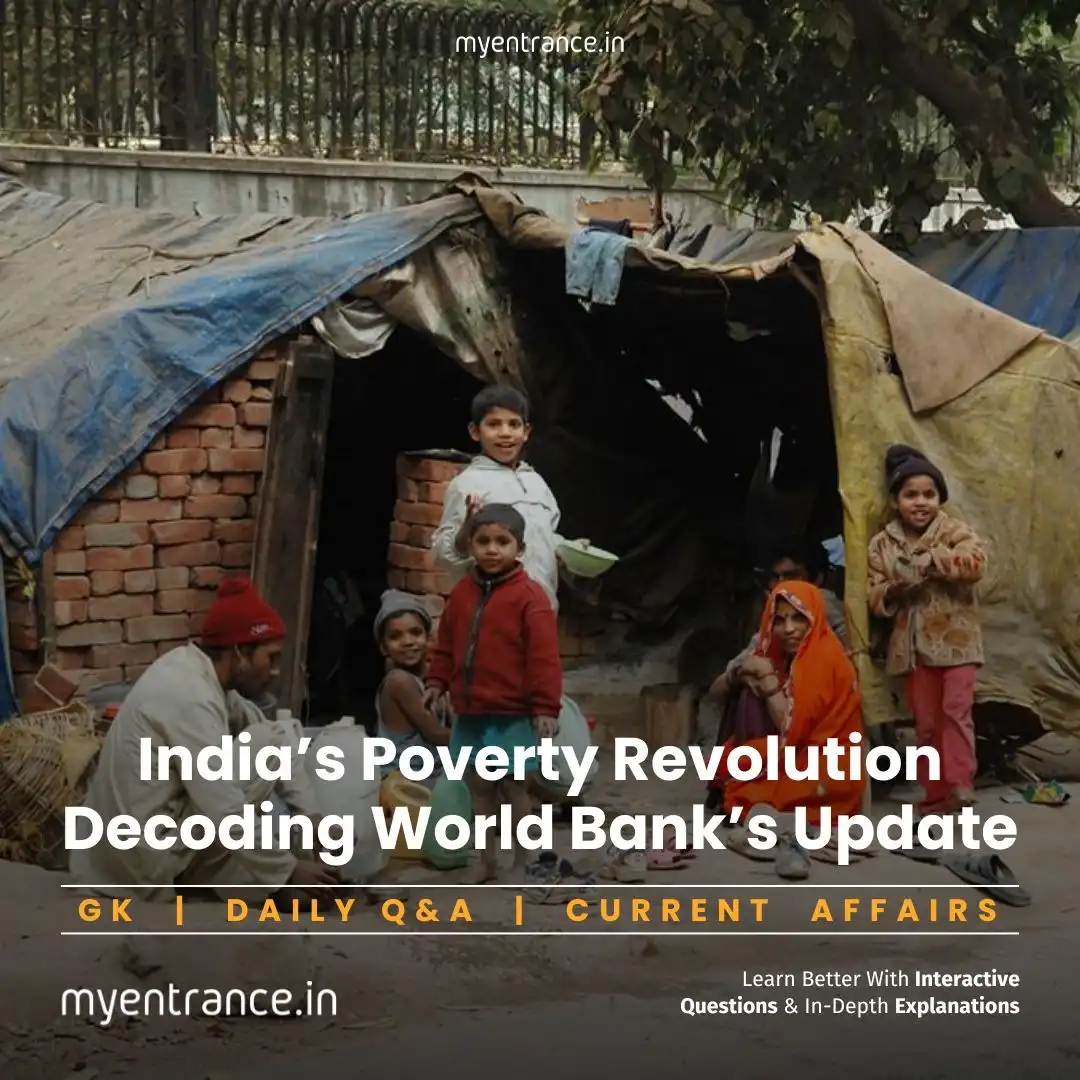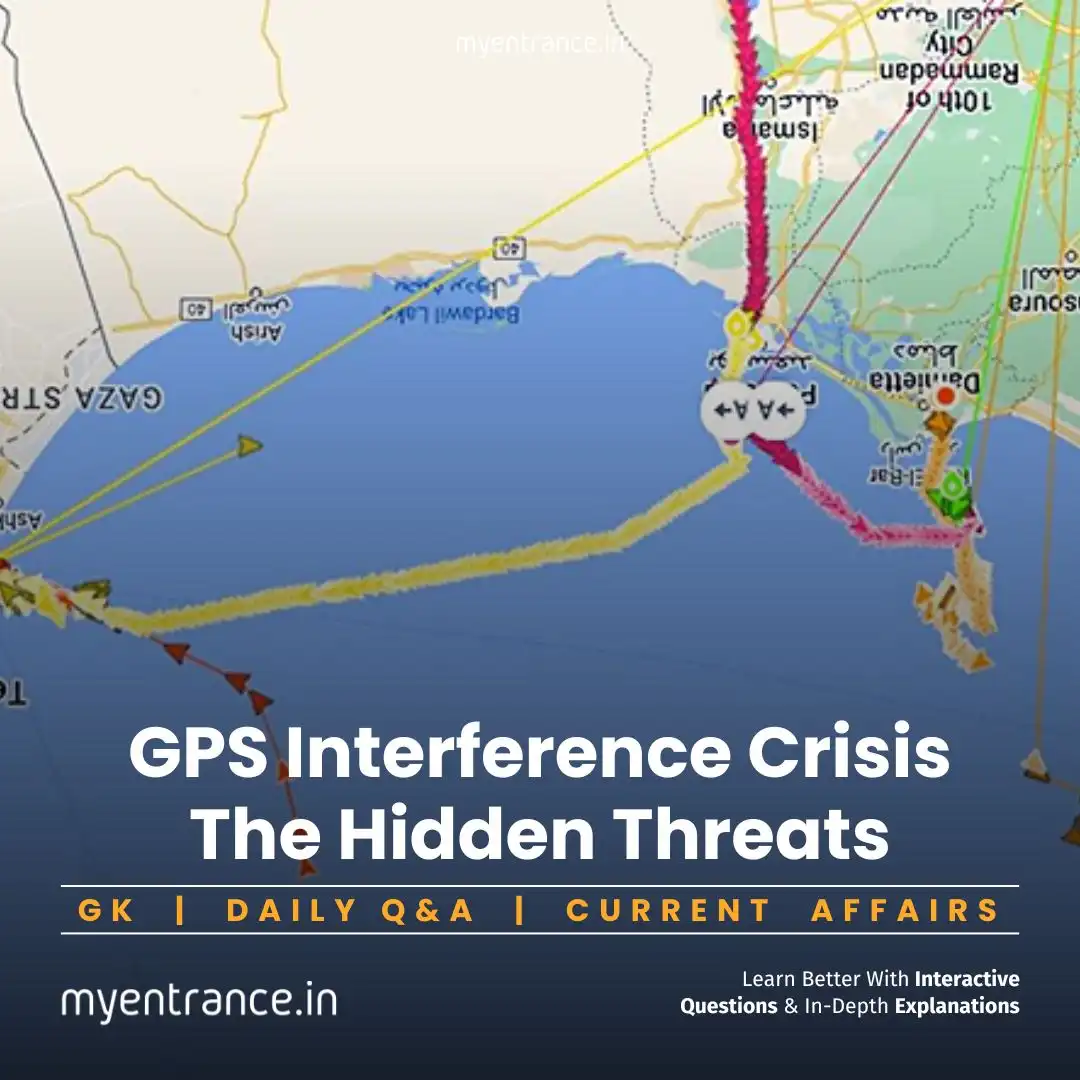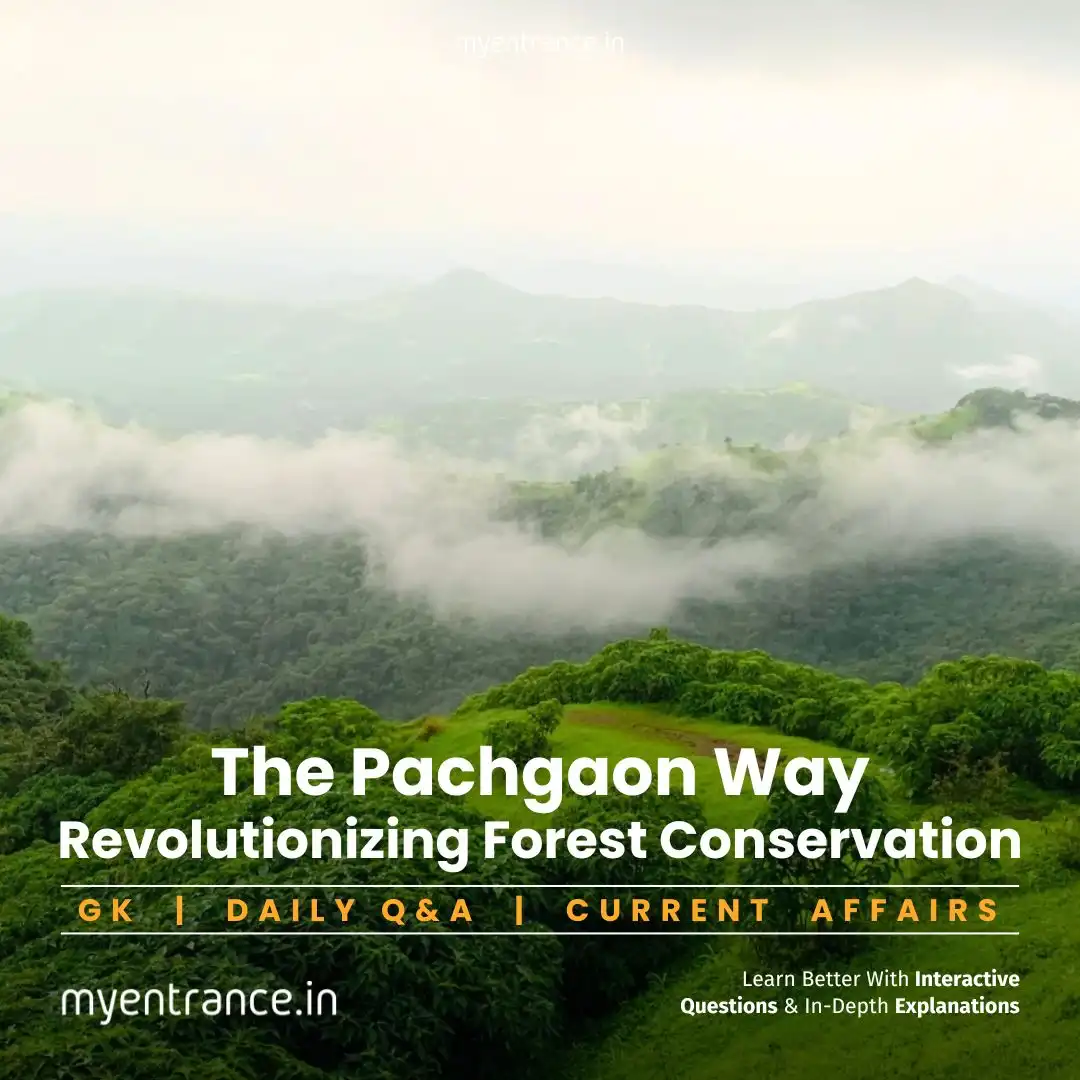Select Language
Oceans in Crisis: From Kochi Ship Sinking to Global Conservation Efforts: Sample Q&A
The sinking of the MSC ELSA-3 near Kerala’s biodiverse Kochi coast highlights the fragility of marine ecosystems. As delegates gather for the 2025 UN Ocean Conference, urgent global action is needed to protect oceans sustaining life on Earth.
The recent sinking of the Liberian cargo vessel MSC ELSA-3 and the Singapore-flagged container ship near Kerala’s coast isn’t just a local tragedy. With toxic cargo threatening one of India’s richest marine biodiversity zones, this state-declared disaster exposes how vulnerable coastal communities and ecosystems are to human-made crises. As thousands convene in France for the 2025 UN Ocean Conference (June 9–13), the incident underscores the UN’s warning: our oceans face a global emergency.
Why Oceans = Survival
Oceans aren’t just water—they’re Earth’s life-support system:
Covering 70% of the planet and holding 97% of its water, they sustain 94% of all life.
Phytoplankton produce over half the world’s oxygen—more than all rainforests combined.
They absorb 23% of human CO₂ emissions and 90% of excess heat from climate change.
Ocean currents regulate weather, and continental shelves (like Bombay High) hold vast energy reserves.
Oceans Under Siege
Human activity is pushing marine ecosystems to collapse:
Acidification: Oceans are 30% more acidic since pre-industrial times, dissolving shells and corals.
Coral Bleaching: 84% of global reefs suffered bleaching in 2023–2025 (ICRI), killing “rainforests of the sea.”
Plastic & Pollution: Over 14 million tons of plastic enter oceans yearly, poisoning marine life.
Warming Waters: The Indian Ocean heats faster than any other, reducing phytoplankton by 20%.
India’s Maritime Dilemma
With an 11,098-km coastline, India’s blue economy ambitions clash with climate risks:
Coastal Cities like Mumbai and Chennai face existential threats from sea-level rise.
Fisheries Collapse: Kerala’s oil sardine catch dropped 75% in 2021 (CMFRI).
Geopolitical Stress: China’s “String of Pearls” challenges India’s regional influence.
Despite initiatives like SAGAR and Maritime India Vision 2030, unchecked port projects (e.g., Vadhavan) endanger ecosystems and fishing communities.
Pathways to Recovery
The 2025 UN Ocean Conference aims to accelerate SDG 14 (“Life Below Water”) through:
Global Frameworks: Binding treaties to curb plastic pollution and deep-sea mining.
30×30 Pledge: Protecting 30% of oceans by 2030 via marine reserves.
Blue Economy: India’s draft policy targets sustainable use of marine resources.
Coastal Resilience: Proposed National Coastal Mission to shield mangroves and corals.
5 Sample Q&A for Competitive Exams
Q: How does coral bleaching disrupt marine ecosystems?
A: Rising temperatures expel algae from corals, turning them white and destroying habitats for 25% of marine species.
Q: What % of Earth’s oxygen comes from oceans?
A: Over 50%, produced primarily by phytoplankton via photosynthesis.
Q: Name two Indian initiatives for maritime security.
A: SAGAR (Security and Growth for All) and Maritime India Vision 2030.
Q: Why is the Indian Ocean warming faster?
A: Climate change coupled with unique wind patterns and reduced heat dispersion (IPCC 2021).
Q: What is SDG 14’s primary goal?
A: Conserve and sustainably use oceans, seas, and marine resources by 2030.
Most Predicted Questions
Comprehensive study materials, Expert-guided tips & tricks, Mock tests and instant results.
Start your SSC, NIFT, NID, FDDI, PSC journey today with MyEntrance, your ultimate online coaching platform.








